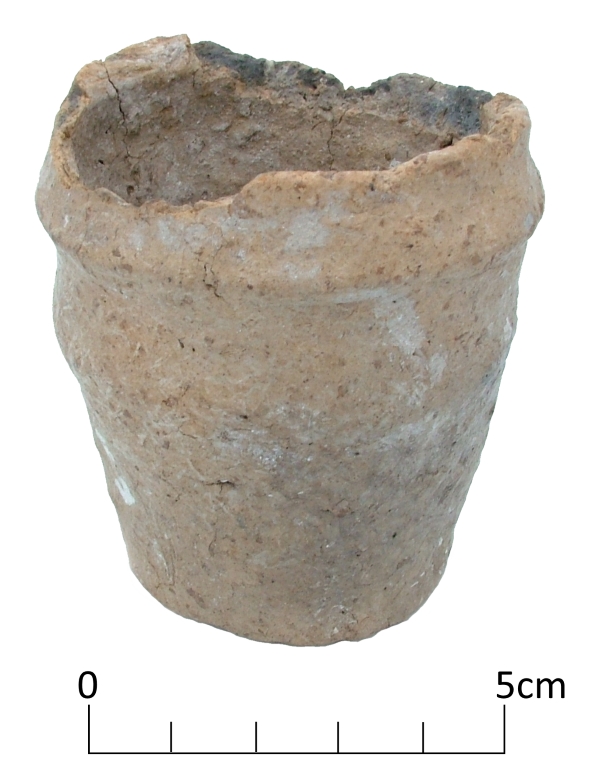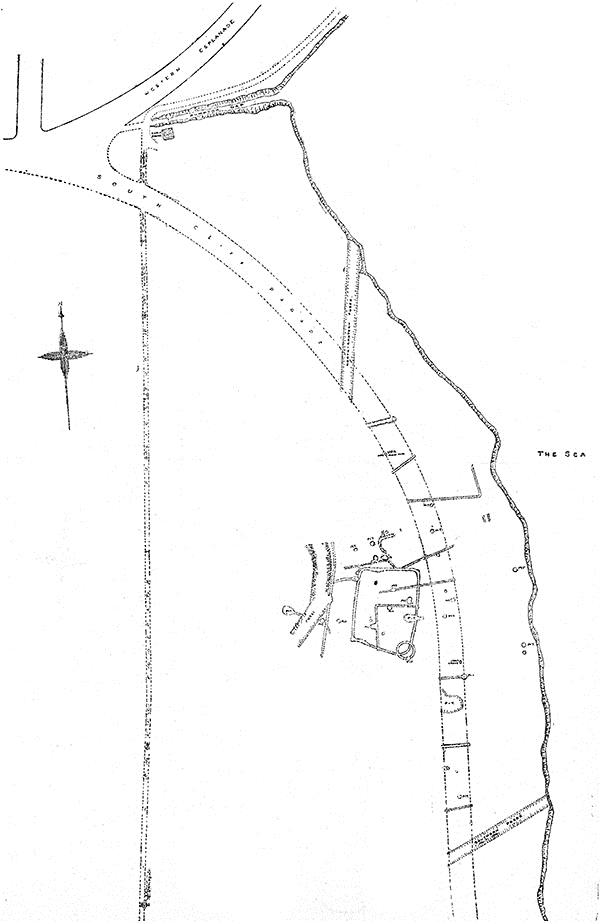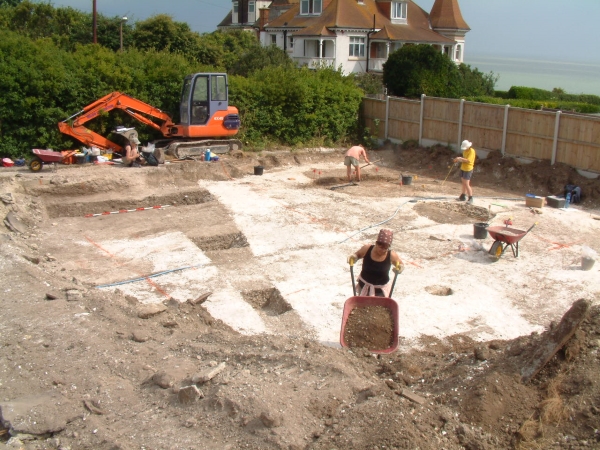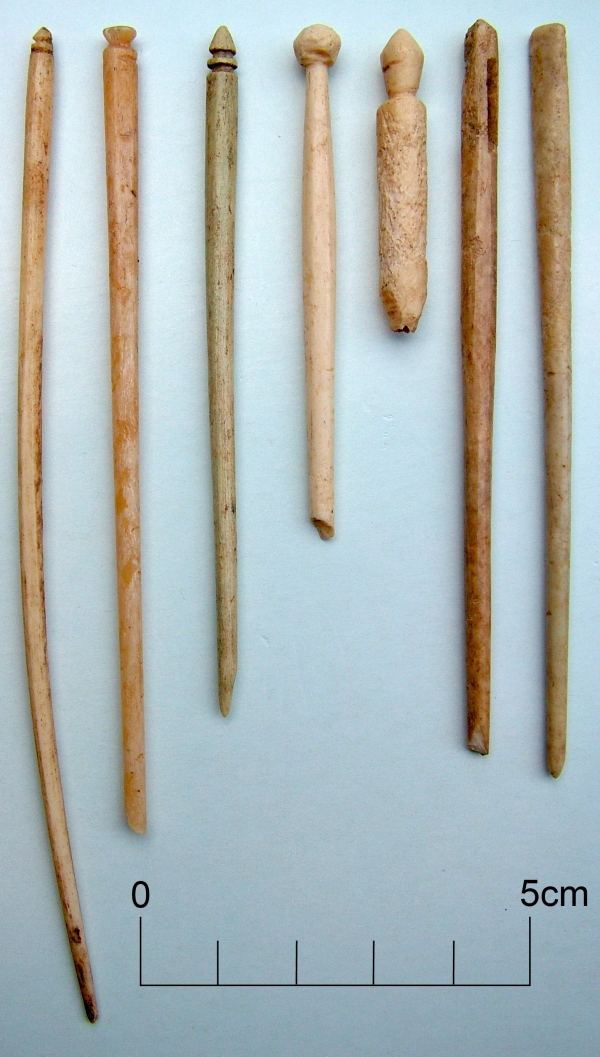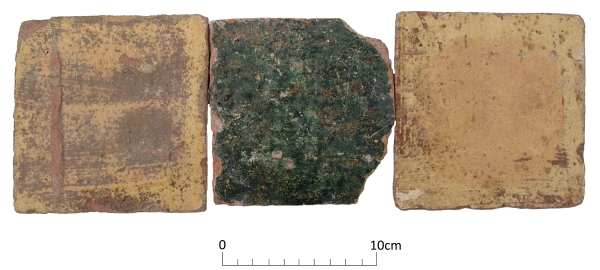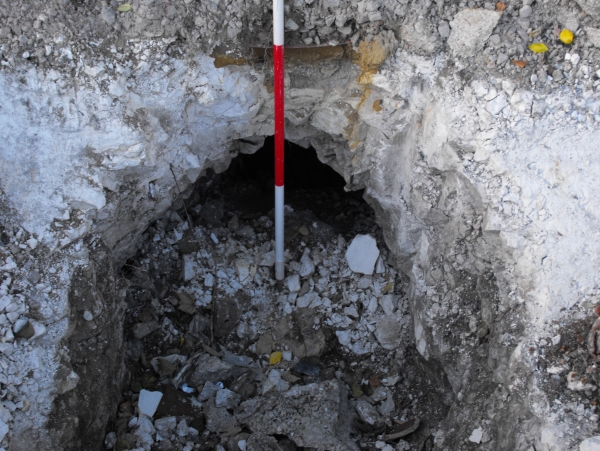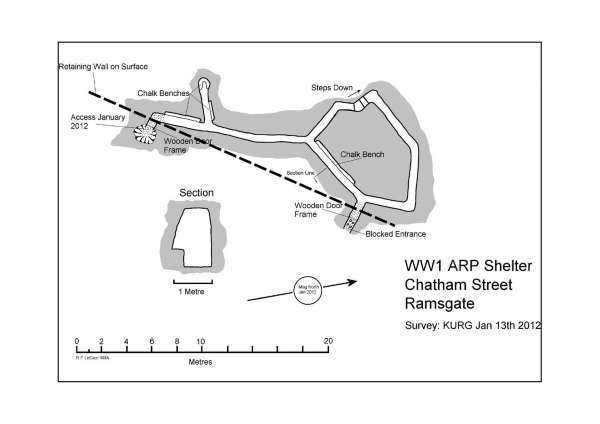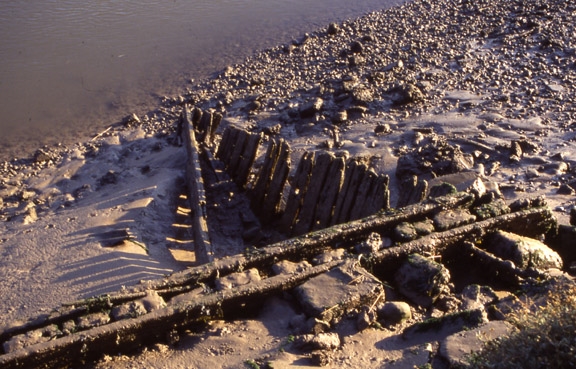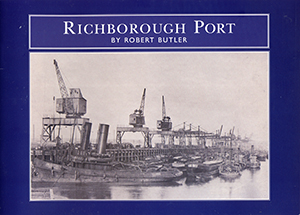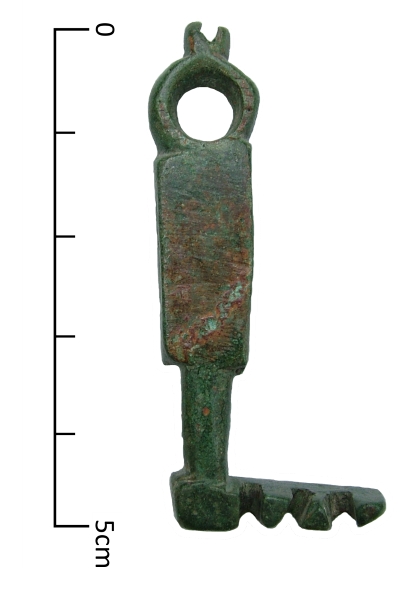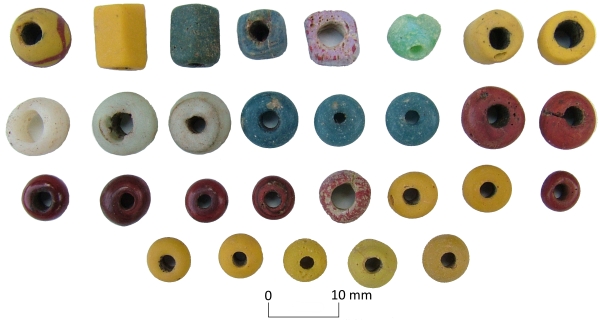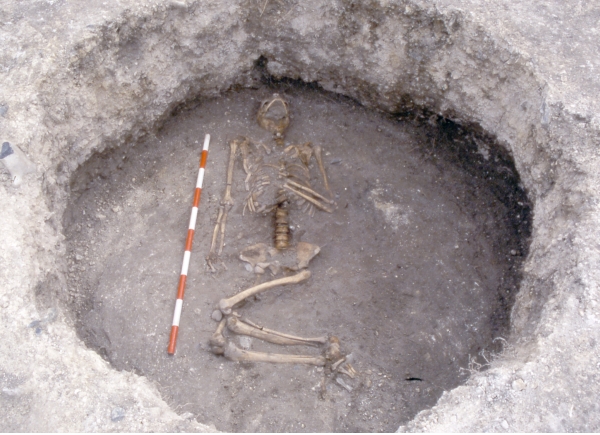
The VM_365 image from our archive today is of a burial found in Broadstairs in 2003 in excavations that were carried out before a new housing estate was built in the grounds of the former St Stephens College, which is located on the crest of the high chalk promontory of the North Foreland, north of Broadstairs.
Broadstairs has a particularly high concentration of archaeological sites dating to the middle and later Iron Age, most located mainly on the slopes of the undulating downland that surrounds the present town and Viking Bay. In the Iron Age the coastlines would have been very different as coastal erosion has caused the cliffs to advance to the west. The line of cliffs and the bays that were formed between them would have been located much further to the east than they are today.
Several sites have produced evidence for timber structures, reconstructed from the truncated remains of post holes that have survived in the chalk geology. On the long North Foreland promontory ditched enclosures, buildings and even a significant late Iron Age coin hoard suggest that the area was densely settled and relatively prosperous.
Large round pits, sometimes with undercutting edges are typical of the Iron Age settlement sites excavated in the chalk lands of Kent and the South of England and several have been found in the Broadstairs area. They are commonly interpreted as storage pits, where grain could be sealed away underground and kept for later use. The burial pictured in the image today was found in the fill of one these large pits. At the base a thick deposit of charred cereal grains including barley, oats and spelt and emmer wheat was found among large lumps of chalk plaster, strengthened with timber stakes, which appears to have been part of a lining for the pit.
Once the pit had served its original purpose it was filled up with soil containing pottery and other settlement debris. The burial seems to have been laid on its back, on the surface of a pit made by cutting down the original fills of the pit to about half its original depth. Analysis of the skeleton showed it to have been an adult female and at her neck were three blue beads made of a from of early glass called faience , objects made of faience were traded throughout Europe as a luxury item.
Several similar burials have been found on archaeological sites at South Dumpton Down and the Seven Stones estate on the southern side of Broadstairs. The significance of the use of the former storage pits is a matter of debate, perhaps there was a symbolic association around the idea of storage below ground, or perhaps the pits were mistaken for earlier burial mounds and the association was with earlier cultures or ancestors. No one can be sure as we have no written evidence that records the ideas and beliefs of the people who lived at this time.
